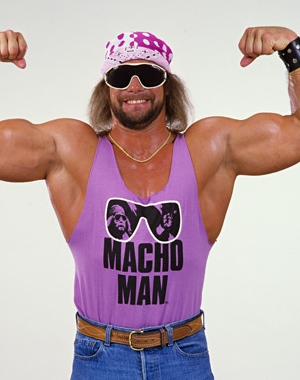|
|---|
Sunday, September 13, 2009
I'm recovering from a multimedia kick. I don't know what got over me, but suddenly I wanted music to go with everything I posted . . .
Making the Blog of Innocence Mixtape kept me highly entertained (and occupied) on Friday night. I learned how to use the audio editor, Audacity.
The mixtape I made is not without its flaws. I edited it once and removed some of the (rather loud) songs from the middle.
Now the mixtape is better, but there is still an abrupt transition (into "Alone in Kyoto") that I would like to get smoothed out.
One of my followers on Twitter, Fernando, offered to remix the songs for me if I sent him the single tracks in a zip file. I have known Fernando for less than one week. He is a music producer.
I'm always amazed by how Internet culture is so vastly different from real-world culture.
They say (the Buddhists) we're all interdependent. And on a conceptual level, I think most of us would agree with this . . .
The idea is that everything in nature is interdependent. While I am not a Buddhist, I believe this theory is the best explanation for the existence of phenomena in reality. Western science, in fact, confirms the Buddhist philosophy of interdependence. From a passage in The Sun of My Heart by Thich Nhat Hanh:
Life is one. We do not need to slice it into pieces and call this or that piece a “self.” What we call a self is made only of nonself elements. When we look at a flower, for example, we may think that it is different from “nonflower” things. But when we look more deeply, we see that everything in the cosmos is in that flower. Without all of the nonflower elements—sunshine, clouds, earth, minerals, heat, rivers, and consciousness—a flower cannot be. That is why the Buddha teaches that the self does not exist. We have to discard all distinctions between self and non-self. How can anyone work to protect the environment without this insight?
The Internet only seems to strengthen our capacity for a networked mind. Social media accelerates our ability to organize and produce content in large numbers. "Crowd-sourcing" is the name given to leveraging mass collaboration on the web and its successes include Wikipedia, YouTube, and Flickr.
We're all connected online and off, but online we feel especially connected. By this, I mean, we are more likely to help someone over the Internet.
You can make the argument that we are less (emotionally) connected online, but that's not what I'm talking about here. I'm talking about our desire to collaborate, assist, and create with others on the Internet . . .
Another friend, Cynthia, who I met through the Escape into Life Moleskine project, offered to prepare a consignment agreement for me. She does not work for my company, nor am I paying her as as a consultant.
Escape into Life was envisioned as a collaborative online arts publication. From the beginning, I have had no shortage of excellent arts journalists. The Internet is teeming with writers, namely bloggers, who wish to write for online publications.
Mark Kerstetter and Aurelio Madrid were among the first writers for the magazine. They continue to write articles and reviews that are as good as the articles or reviews you would find in well-known publications such as ArtForum and Art in America.
Teia Hassey is a reporter on the arts scene in Portland for Escape into Life. The great thing about a decentralized model is that volunteers can write from anywhere. They can report on the arts in their city. So Escape into Life can have a reporter on the Brooklyn arts scene, the San Francisco arts scene, the London arts scene, etc . . .
Tony Thomas, a retired economics professor living in Australia, just wrote an astonishingly erudite essay called "The Place of Fine Art in a Consumer Society".
And there are many other contributors you can find on the Info page.
So what is it about collaboration and the web? Why are so many of us willing to collaborate and help out?
Is it possible that greater interdependence is the future for human beings?
0 Comments:
Subscribe to:
Post Comments (Atom)














